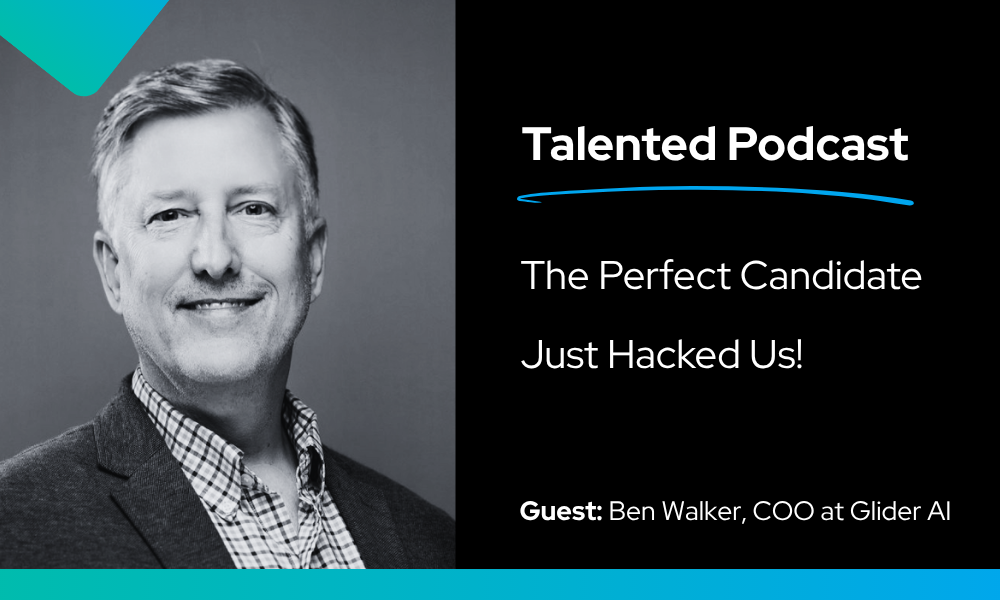
Make talent quality your leading analytic with skills-based hiring solution.

Contingent hiring is paramount in the talent acquisition industry in the current times of the unpredictable market. The workforce constituted a staggering 35% of the total workforce (2021) in the U.S. Insights from the U.S Gig Economy 2021 Edition say contingent workers generated $1.3 trillion in revenue last year.
The contingent workforce is a broad term used for hiring any kind of flexible talent for strategic reasons – projects, assignments, etc. Based on the terms of employment, they largely constitute
AIHR terms contingent workforce as a labor pool consisting of workers hired on for a fixed period of time. The “flexible workforce” model provides functional numerical flexibility, periphery employees, and numerical flexibility to businesses.
Similarly, ILO also defines temporary (contingent) employment, where workers are engaged only for a specific duration. It includes fixed–term, project or task-based contracts, as well as seasonal or casual work, including day labor.
Ian E. McFadden, former President, and CEO at HRM International, Inc. says the contingent workforce model is much similar to Game Theory. He offers pros and cons from the perspectives of employers and temp employees.
“Contingent hiring can be lucrative depending on the terms of the employed arrangement. Usually, the employee does not work permanently for the company (that hires) but instead contracts with the company for a specific assignment to be performed.” – Ian E.McFadden, HRM International Inc
Benefits for the Employer
Challenges
On the other hand, he says Contingent Workers can also Benefit through
Disadvantages
In a LinkedIn article, Louis van Tonder, Chief Business Executive for BLU says that the contingent workforce model is not necessarily a ‘low-cost’ model. Companies need to invest in technology, training and other processes to optimize future outcomes. Having said that, he suggests companies must know how to utilize recruitment automation and data analytics for meeting business objectives.
On similar lines, McFadden also highlights how staffing companies rightly manage contingent workers while updating and managing the company’s expectations. Though few companies insist on governing contingent workers on their own, the diverseness of flexible talent is better understood by staffing companies as they facilitate end-to-end contingent workforce management.
To summarize, contingent hiring is no longer a choice, but a strategic necessity for businesses to win the talent war. They must put contingent hiring at the forefront to survive and grow in the near future.

“The Perfect Candidate Just Hacked Us”: Inside the Global Playbook of Hiring Fraud That 100% test score might be your biggest red flag. Enterprise breaches don’t always start with phishing emails; sometimes, they start with a fake job interview. In this episode of Talented, Joseph Cole sits down with COO Ben Walker to unpack one […]

Can HR Stop Playing Buzzword Bingo with Skills and AI? If you’re an HR or TA practitioner or work in HR Tech in any capacity, AI and Skills-Based Hiring is what everyone is talking about. The problem? All the talk is diluting the importance of two very interrelated topics. Glider AI sponsored the Transformation Realness […]

Q&A with HR/TA Analyst Kyle Lagunas The traditional playbook that was HR is being rewritten. AI is reshaping work, skills-based strategies are transforming hiring, and HR teams are under pressure to deliver more with less. HR isn’t just about managing people anymore—it’s about engineering the future of work. In this Q&A session, Kyle Lagunas and Joseph […]